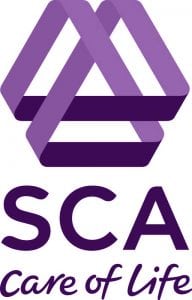Fourteen years ago, I went to see Richard Oliver deliver one of his Shakespeare Mythodrama sessions in a small hotel in Edinburgh. My then boss called me the week before and said, “I’ve booked us both tickets to go and see The Political & Emotional Intelligence lessons of Julius Cesar. I must confess I was not brimming with a Christmas morn-like energy of excitement. What happened next completely changed my lens on the world of learning and what it can be. I was engrossed from the moment the show started to the last. I was in awe of how someone could take The Tragedy of Julius Cesar, written in 1599, and overlay it with such a contemporary and critical leadership development subject. It was truly magical.
It was an invaluable lesson about the craft and brilliance of learning iconography. Making really complex subjects more accessible to learners by using associations they easily relate to and enjoy. In this case, it was how The Bard crafted rich characters with deep emotional awareness and political tact.
When we look at iconography in a learning context, it’s enabled by the three ‘S’s – signs, semiotics, and stories. It’s the way certain signs and images convey layers of meaning. It’s the semiotics, the way these signs have an encoded meaning. We learn these codes as we grow up according to our society and culture. For example, take an image of a poppy and what this sign means; it’s a beautiful flower. If you put that same poppy in a field with another sign, which itself has many meanings, such as a cross, you have a semiotic encoded image with multiple meanings. We finally embed all these through the telling story using the images as our anchor. Oliver took the image of Cesar and the semiology of the characters and their intelligence to new levels by telling brilliantly interactive stories that had the audience in the palm of his hand.
Since then, I’ve used iconography to tackle many complex organisational strategies and programmes successfully. In one solution, support a client experiencing a prolonged period of uncertainty.
I developed, with the client, a Programme called eXplore; based on their mindsets, associates were encouraged to adapt. Explorers thrive on taking accountability for their actions in uncertain territory. A visual iconography was developed around the ‘X’ in explore. This focused on the eXtraordinary acts of engagement, empowerment and enabling. Sharing lessons from three archetype explorers of Livingstone, Hillary, and Shackleton. The solution used strong imagery, language, and stories to engage people in shaping and influencing the business, with a focus on the desired strategy they we seeking to achieve. Not only did levels of absence and attrition fall, but they also won provider of the year from the market over this same period.
That’s the true brilliance and beauty of learning iconography. It not only makes the message simple and memorable, but it also gets real results.






















